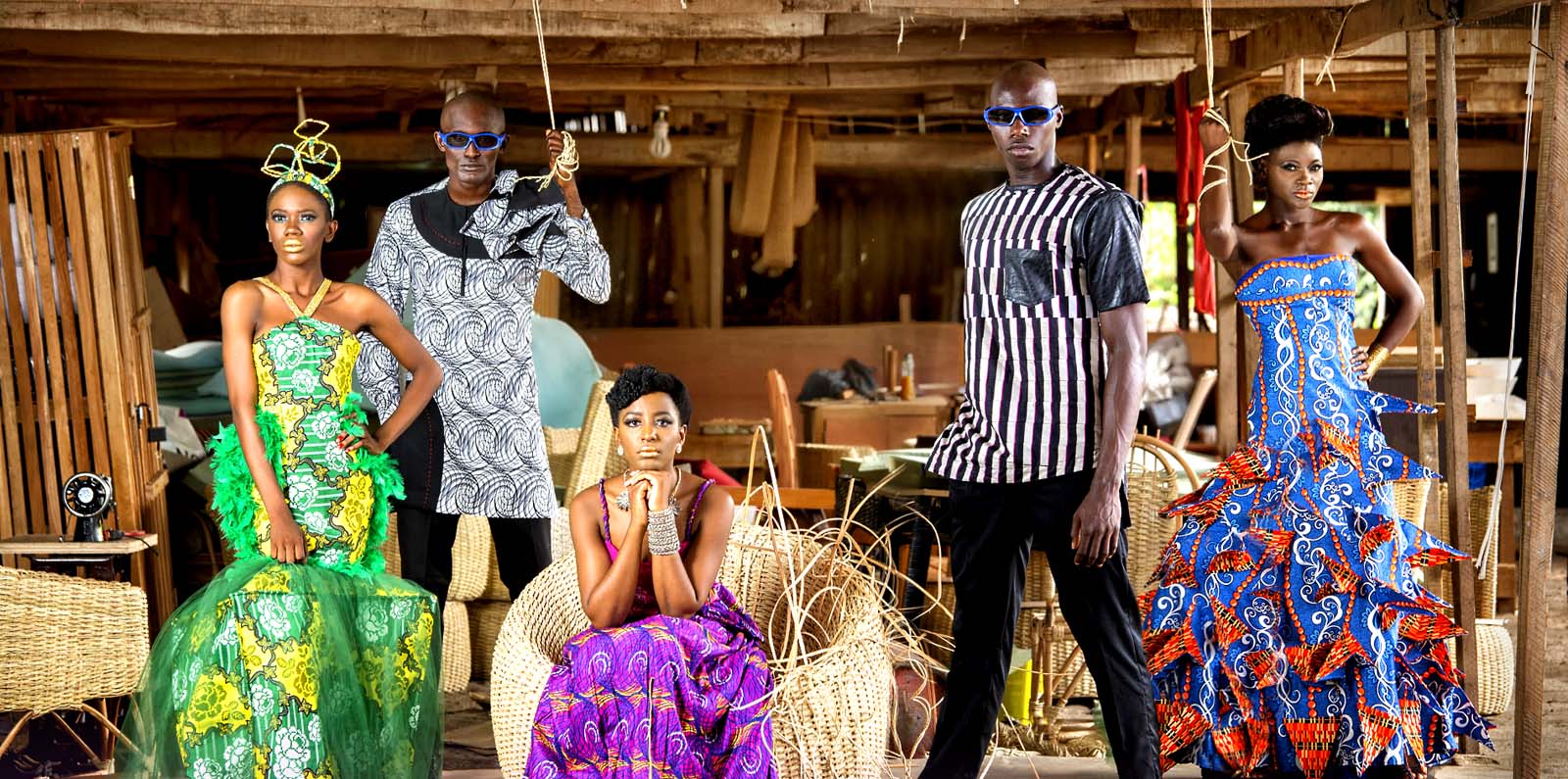The gradual disappearance of the African culture was borne out the decades of colonialism that shook Africa in the 18th to 20th centuries. The emergence of the Europeans on African shores scared out the waves of African trends as time wore out.
Coming into the black fields of Africa, the Europeans transported not only their ideologies but their culture, their fashion and styles. Gradually, we began to lose our dressing culture, discarded our African prints and rooted for cotton shirts and jeans trousers. The European style overwhelmed the African mentality and ate into our fashion decisions. African attires consisted of Bogolan (Malian fabric dyed with fermented mud), Batik (also known as Wax), Thioup (Malian), Tie and Dye, Ankara (Yoruba), Kampala, Brocade, Abada, Kitenge, Dashiki, Kente (Ghanian), Aso Oke (Yoruba), Kaftan and so on. Genuine African prints are usually 100 per cent cotton. Worn across the continent especially West Africa.
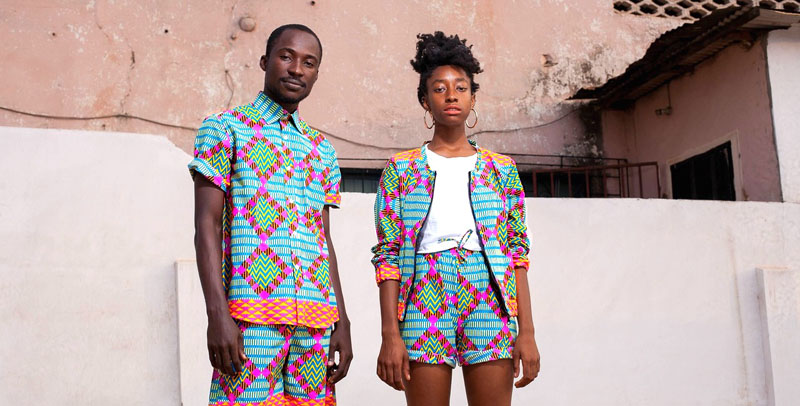
Nigerian designer Wale Oyejide 2015 Spring Collection
Africa as a big continent of over 50 countries has diverse cultures, food, language, people, heritage and thus importantly clothing. Although, African clothing were similar in context with one another, but were entirely different from European clothes. The forceful marriage of Africans with European civilization ensured that the African prints suffered acceptability amongst its own people such that Africans rejected fellow Africans at official assemblies when the native attires were adorned instead of the glamour-less shirts and trousers of the whites.
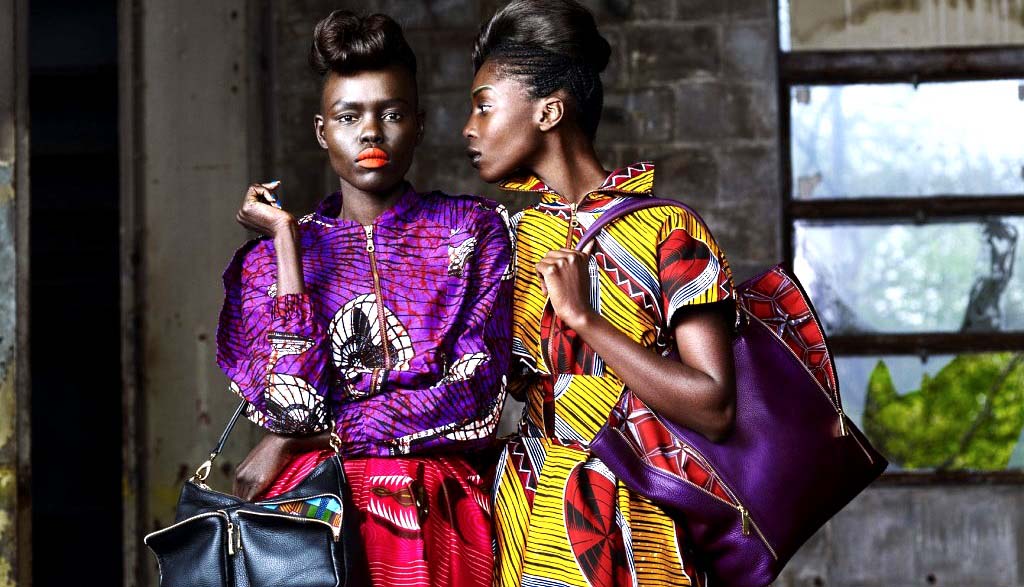
vlisco funky grooves campaign
African Prints have however witnessed resurgence and has thus reappeared in the fashion scene but with some “modern” touches. Instead of the traditional loose buba, iro (wrapper), and so on, African dresses are now more stylish and very casual and could now be worn to work, parties and even dinners. African designers have embraced the renaissance and are creating designs that express African creativity and expose African colours. Some have managed to successfully marry the western styles with the African motifs while others are making bold fashion statements. And the whole world is embracing it.
We now have African pencil dresses, skirts, trousers, jumpsuits, playsuits, scarfs, headties, and more recently neck and bow tie.
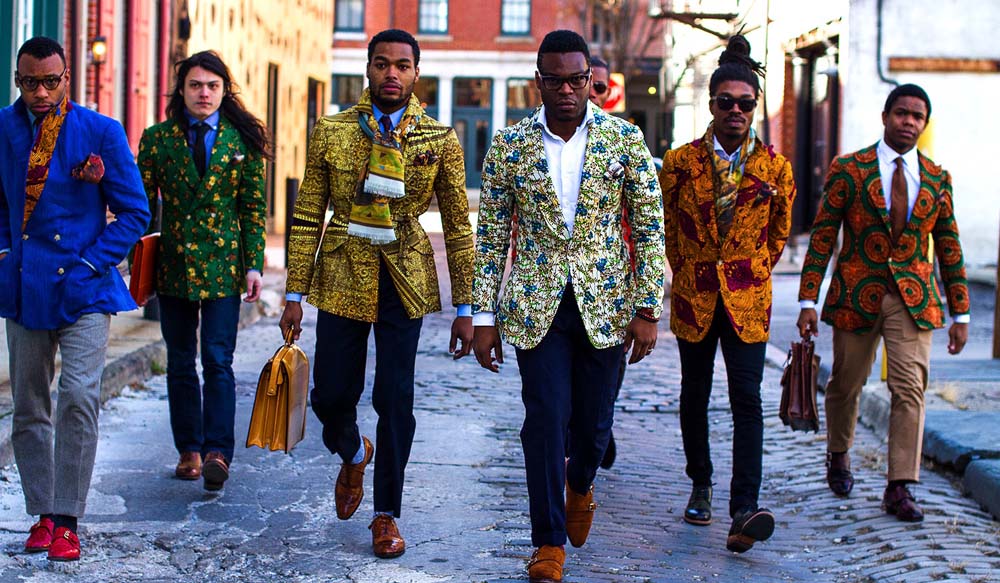
Ikiré-Jones — The Untold-Renaissance . Spring-Summer-2014
Maintenance
African prints are beautiful but the maintenance of these elegant clothing matters in the life of the material and the beauty of the attires. Basically, there are two major types of African clothing when maintenance come into question. The wax prints, brocade prints and African motif fall into the same category and in the other category, we have fibres with African symbols and designs. For the former category, hand wash is preferable with warm water and mild soap though Machine wash could also be made used of. Fabric should be dried by hanging. To make the ironing stand out, starch should be used in preparing the cloth. For the latter category, hand wash is best. If ironing must be done, it should be done on the wrong side of the cloth or with a plain cloth in between.
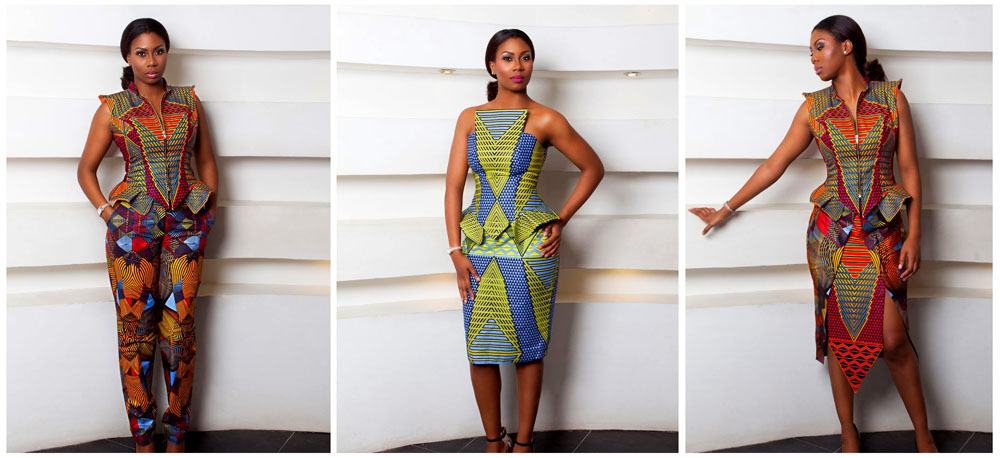
Stylista GH Wild-Collection
Be part of the renaissance. Wear African today. 😉
